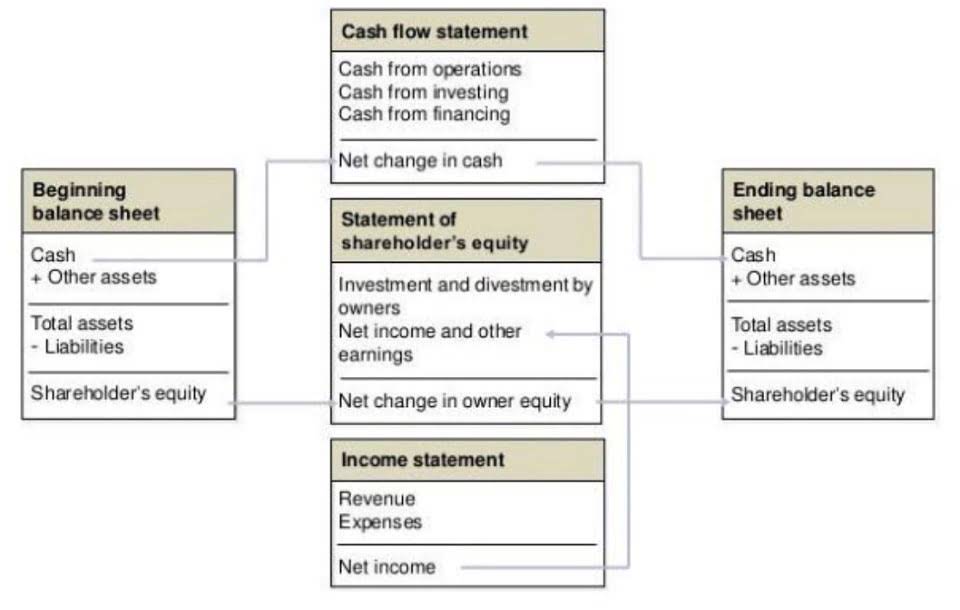4 4: Compute a Predetermined Overhead Rate and Apply Overhead to Production Business LibreTexts

For example, the costs of heating and cooling a factory in Illinois will be highest in the winter and summer months and lowest in the spring and fall. If the overhead rate is recomputed at the end of each month or each quarter based on actual costs and activity, the overhead rate would go up in bookkeeping the winter and summer and down in the spring and fall. As a result, two identical jobs, one completed in the winter and one completed in the spring, would be assigned different manufacturing overhead costs. To avoid such fluctuations, actual overhead rates could be computed on an annual or less-frequent basis. However, if the overhead rate is computed annually based on the actual costs and activity for the year, the manufacturing overhead assigned to any particular job would not be known until the end of the year. For example, the cost of Job 2B47 at Yost Precision Machining would not be known until the end of the year, even though the job will be completed and shipped to the customer in March.
Related Questions
- We need just a bit more info from you to direct your question to the right person.
- The allocation base (also known as the activity base or activity driver) can differ depending on the nature of the costs involved.
- Using the predetermined overhead rate formula and calculation provides businesses with a percentage they can monitor on a quarterly, monthly, or even weekly basis.
- Therefore, this predetermined overhead rate of 250 is used in the pricing of the new product.
- If the predetermined overhead rate calculated is nowhere close to being accurate, the decisions based on this rate will definitely be inaccurate, too.
- The overhead is then applied to the cost of the product from the manufacturing overhead account.
- Unexpected expenses can be a result of a big difference between actual and estimated overheads.
For the past 52 years, Harold Averkamp (CPA, MBA) hasworked as an accounting supervisor, manager, consultant, university instructor, and innovator in teaching accounting online. For the past 52 years, Harold Averkamp (CPA, MBA) has worked as an accounting supervisor, manager, consultant, university instructor, and innovator in teaching a predetermined overhead rate includes: accounting online. My Accounting Course is a world-class educational resource developed by experts to simplify accounting, finance, & investment analysis topics, so students and professionals can learn and propel their careers. Obotu has 2+years of professional experience in the business and finance sector. She enjoys writing in these fields to educate and share her wealth of knowledge and experience.

Overhead Rate Meaning, Formula, Calculations, Uses, Examples

Also, profits will be affected when sales and production decisions are based on an inaccurate overhead rate. Hence, it is essential to use rates that determine how much of the overhead costs are applied to each unit of production output. This is why a predetermined overhead rate is computed to allocate the overhead costs to the production output in order to determine a cost for a product. The predetermined overhead rate is, therefore, usually used for contract bidding, product pricing, and allocation of resources within a company, based on each department’s utilization of resources.
Examples of Overhead Rates
Hence, you can apply this predetermined overhead rate of 66.47 to the pricing of the new product X. The production hasn’t taken place and is completely based on forecasts or previous accounting records, and the actual overheads incurred could turn out to be way different than the estimate. Hence, a suitable rate can be estimated based on the forecasted conditions of the accounting period. Therefore, this predetermined overhead rate of 250 is used in the pricing of the new product. Departmental overhead rates are needed because different processes are involved in production that take place in different departments. The estimate is made at the beginning of an accounting period, before the commencement of any projects or specific jobs for which the rate is needed.
- For these reasons, most companies use predetermined overhead rates rather than actual overhead rates in their cost accounting systems.
- The increasing complexity of the production function drives several indirect costs, and it’s becoming complex to deal with the same.
- It is worked out by dividing the estimated amount of overhead by the estimated value of the base before actual production commences.
- The predetermined overhead rate is, therefore, usually used for contract bidding, product pricing, and allocation of resources within a company, based on each department’s utilization of resources.
- Using activity based costing, it is possible to understand the value of an activity and cost it accordingly instead of using time as a basis for allocating overheads.
Basis

As you have learned, the overhead needs to be allocated to the manufactured product in a systematic and rational manner. This allocation process depends on the use of a cost driver, which drives the production activity’s cost. Examples can include labor hours incurred, labor costs paid, amounts of materials used in production, units https://www.bookstime.com/ produced, or any other activity that has a cause-and-effect relationship with incurred costs.
- For information pertaining to the registration status of 11 Financial, please contact the state securities regulators for those states in which 11 Financial maintains a registration filing.
- Direct costs typically are direct labor, direct machine costs, or direct material costs—all expressed in dollar amounts.
- At the beginning of year 2021, the company estimated that its total manufacturing overhead cost would be $268,000 and the total direct labor cost would be 40,000 hours.
- This means that for every dollar of direct labor cost a production process uses, it will use $1.50 of overhead costs.
- As a result, two identical jobs, one completed in the winter and one completed in the spring, would be assigned different manufacturing overhead costs.
Actual Overhead Rate and Pre-Determined Overhead Rate FAQs
In addition, changes in prices and industry trends can make historical data an unreliable predictor of future overhead costs. Finally, using a predetermined overhead rate can result in inaccurate decision-making if the rate is significantly different from the actual overhead cost. The common allocation bases are direct labor hours, direct labor cost, machine hours, and direct materials. Larger organizations may employ a different predetermined overhead rate in each production department, which tends to improve the accuracy of overhead application by employing a higher level of precision. However, the use of multiple predetermined overhead rates also increases the amount of required accounting labor. The predetermined overhead rate is based on the anticipated amount of overhead and the anticipated quantum or value of the base.
The application rate that will be used in a coming period, such as the next year, is often estimated months before the actual overhead costs are experienced. Often, the actual overhead costs experienced in the coming period are higher or lower than those budgeted when the estimated overhead rate or rates were determined. At this point, do not be concerned about the accuracy of the future financial statements that will be created using these estimated overhead allocation rates. You will learn in Determine and Disposed of Underapplied or Overapplied Overhead how to adjust for the difference between the allocated amount and the actual amount. Assume that management estimates that the labor costs for the next accounting period will be $100,000 and the total overhead costs will be $150,000.

Since the numerator and denominator of the POHR formula are comprised of estimates, there is a possibility that the result will not be close to the actual overhead rate. The fact is production has not taken place and is completely based on previous accounting records or forecasts. Let’s assume a company has overhead expenses that total $20 million for the period. The company has direct labor expenses totaling $5 million for the same period. The equation for the overhead rate is overhead (or indirect) costs divided by direct costs or whatever you’re measuring. Direct costs typically are direct labor, direct machine costs, or direct material costs—all expressed in dollar amounts.




